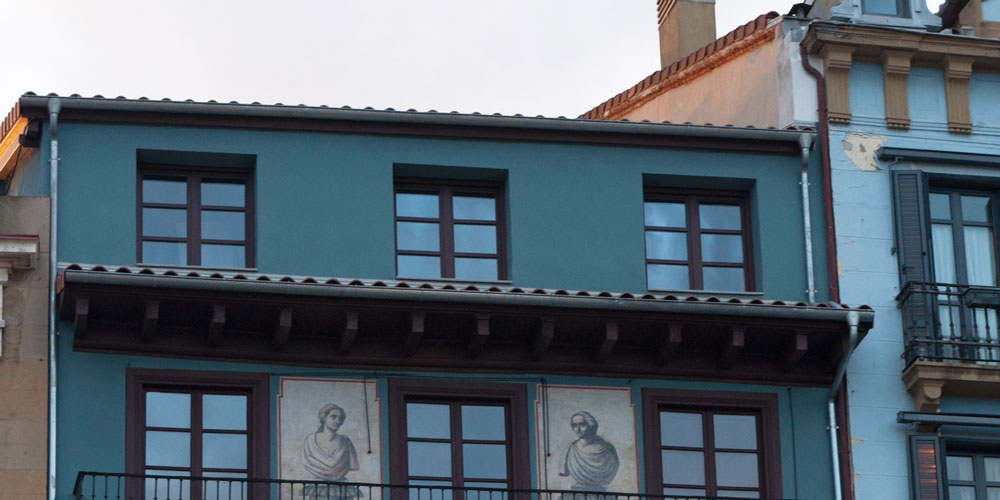Surprisingly, many old buildings already have sustainable features. The oldest structures were built during a time when climate control technology didn’t exist, which means they were constructed with materials and features that effectively circulated air and released or trapped heat depending on the season. We also need to recognize the cultural relevance of preserving old structures such as old homes, schools, offices, and buildings with historical significance; for which adding an exterior wall is not a solution.
Old buildings may not have the same technology to conserve energy, manage waste, or recycle water that many newly constructed structures do. However, while new buildings are more energy-efficient than old buildings once they’ve been built, constructing them demands a lot of raw materials, energy, and resources. This is precisely why we should also be exploring how to make existing buildings more sustainable, rather than demolishing old structures.
How Retrofits and Energy-Efficiency Strategies Can Transform Old Buildings
Having recognized that tearing down old buildings and replacing them with new structures isn’t necessarily a sustainable practice, we can explore other options such as retrofitting. Retrofitting an existing structure can be more cost-effective than constructing a new building.
Retrofits can transform old buildings, making them more energy and water efficient, reducing the consumption of fossil fuels. Energy conservation retrofits can make old buildings green by reducing the consumption of all utilities. Here are some retrofits that can help transform old buildings:
HVAC and Smart Sensors
HVAC and smart sensors can help reduce energy waste in most locations. heat pumps, whether air-to-air or air-to-water are more efficient than electric heaters and water tanks. Some advanced smart HVAC sensor technology comes with features such as occupancy-based wireless thermostats, demand-controlled ventilation sensors, and programmable smart solar film. A typical retrofit is substituting fan motors across-the-line starters with Variable Frequency drives that modulate energy use in ventilation. Variable Frequency drives, when combined with demand or zone control, drastically reduce energy consumption. Condensate recovery is also one more way to reuse water, particularly if there is a system for harvesting rainwater for secondary use. These options are worth considering as these features help minimize energy costs and conserve water.
Replace Old Windows
Replacing old windows with double or triple-pane insulated high-performance windows can help ensure that heating and cooling don't escape and make the HVAC system work harder than it should.
Submetering
If the building is not already metered, it would be worthwhile to develop a plan for submetering electricity, water, gas, and other utilities. Submetering helps old buildings become greener by providing real-time data that can help measure, and identify in detail where and when the consumption takes place, and assist in managing and reducing consumption. Smart submeters also help increase tenant or occupant accountability by monitoring their energy usage. Submetering also allows property managers to make informed decisions related to energy conservation and efficiency.
Water Conservation
There are also plenty of sustainability and energy-efficiency strategies that can help old buildings minimize water consumption. Older buildings tend to waste more water because of old fixtures such as leaking faucets or running toilets. A good place to start would be understanding consumption patterns. Accurate water meters in the low flow range can identify odd consumption patterns and help identify and address all the problematic leaks. Water systems can always be upgraded and optimized.
Building Envelope
Envelope retrofitting may not be easy as it depends on the type of exterior wall. Some exterior brick walls may only be improved by the addition of another layer of insulation, something that may not be allowed on historic buildings. Some of the measures used in envelope retrofitting include solar shading, window glazing, external walls, and infiltration or improving the building’s air tightness. All these measures help achieve energy efficiency and improve thermal comfort.


